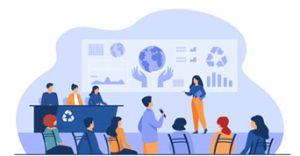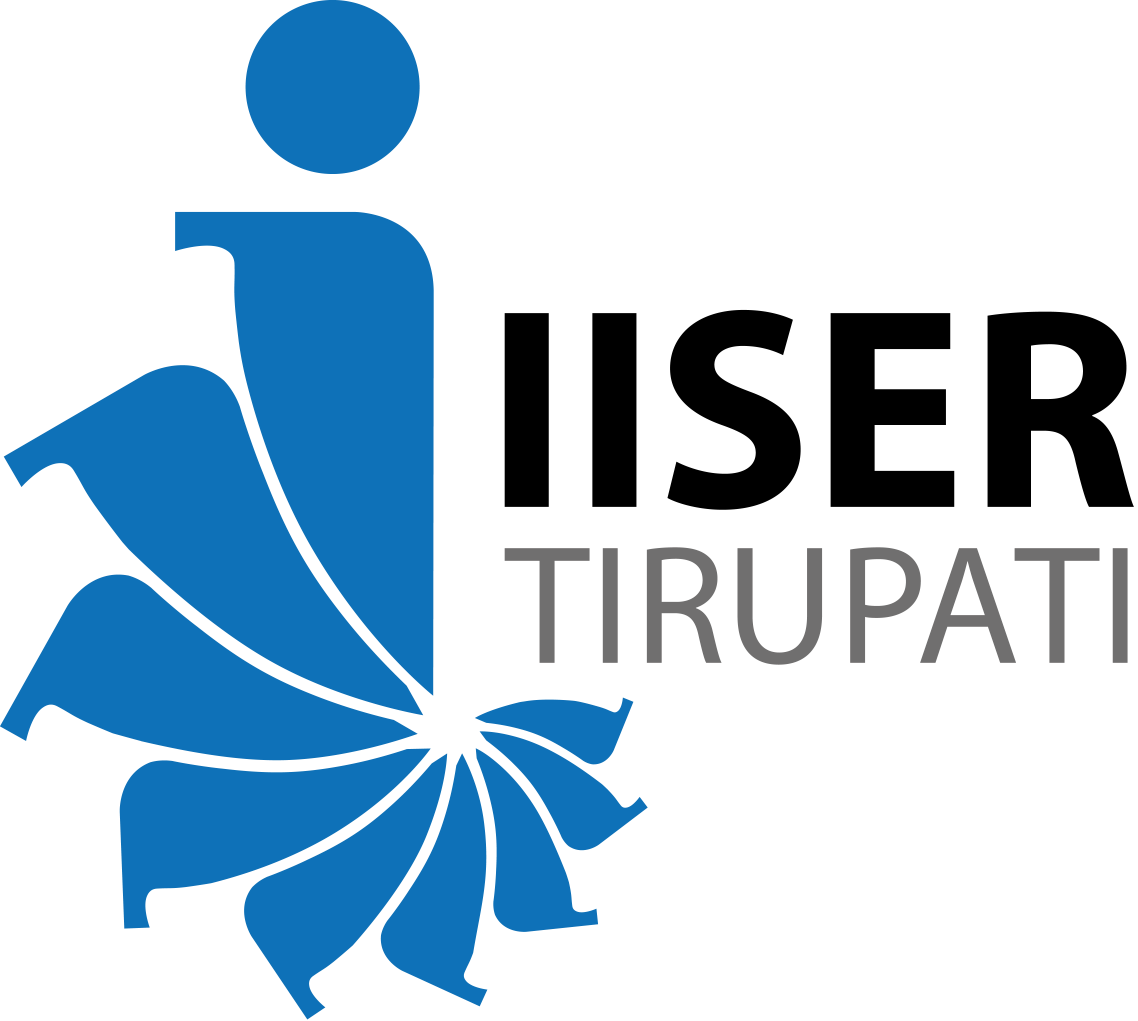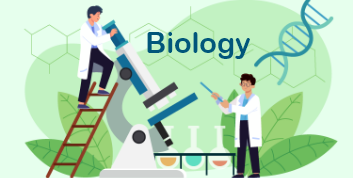Artificial intelligence (AI) has the potential to revolutionize youth employment programs since it has become an effective tool in several industries. There are several creative ways that AI technology improvements might enhance the efficiency, relevance, and accessibility of youth programs, particularly in developing nations. According to research, the market for AI in learning and education is expected to reach $2 billion by 2023, expanding at a rate of 38% annually. The COVID-19 epidemic has further highlighted the significance of practical technological solutions for youth employment, especially given the declining employment options and the difficulties associated with mobility. This article will examine three significant ways that AI can increase young employment and influence the nature of the workforce in the future.
1. Comprehensive skill assessment and job matching
Finding Hidden Talents and Increasing Employability
The qualifications and work history of applicants have typically been the main considerations during the hiring process. However, by focusing on competency-based profiles and job-matching systems, AI applications provide a more all-encompassing approach. This strategy takes into account qualities that could be missed in conventional CVs, like talents, life experiences, and aspirations, in addition to official education.
Competency-based matching may be able to identify transferable talents acquired through unofficial encounters. Planning, resource management, and caregiving, for instance, are necessary for domestic tasks and volunteer work but are frequently undervalued in official resumes. Young job candidates who may lack formal experience can boost their confidence and more effectively market their abilities by adopting this strategy.
2. Useful Learnings from Skill Evaluations
Recommendations for Personalised Skill Development and Upskilling
AI has a crucial role to play in analyzing data from skill assessments to pinpoint skill gaps and offers specialized advice for skill improvement and career advancement. AI is used by online learning systems like Coursera and Andela to analyze student test results and provide individualized skill-building recommendations. Additionally, businesses like Revelo from Brazil aggregate data from online job and school networks to offer recommendations for upskilling automatically.
Latent abilities and business potential in young people can also be found by incorporating integrated psychometric exams. For instance, KnackApp uses a game that is based on brain and behavioral science to assess a person’s “micro-behaviors,” such as active and passive choices, responses, or exploration. The software links young people based on the outcomes.
3. Real-time updates on market trends
Changing the Job Market: Adapting
It is difficult to precisely estimate future job skills because the labor market is continually changing. Traditional demand assessment techniques, such as surveys, focus groups, and industry consultations, can take a long time and may not yield all the information needed. Countries can fall behind because labor market system adaptation to new trends and information can be a long process that can take up to ten years.
By quickly exploiting unstructured data from multiple sources, like job listings, social media, and government websites, AI solutions can assist close this gap by forecasting future employment demands and skill requirements. For instance, Singapore’s MyCareersFuture, a government-sponsored platform for job matching, uses AI to analyze data on the online labor market that is gathered in real-time from several job boards. Education and training institutions can influence government policies and investments, adapt their curricula to the demands of businesses, and improve the overall effectiveness of the workforce development system by providing just-in-time market trends.
“AI applications can bridge the gap between evolving job market demands and workforce readiness by rapidly leveraging unstructured data to predict job trends, enabling education and training institutions to adapt their curriculum effectively.”
Ensuring the Implementation of Ethical and Inclusive AI
While AI has enormous potential to change the way young people find work, it is important to address gender and professional biases in data and protect personal information. Implementing AI solutions can be difficult, especially in underdeveloped nations where there may not be enough reliable data. Strong local relationships between governments, academic institutions, and the corporate sector are essential for the success of these solutions.
It’s crucial to strike a balance between utilizing AI’s capabilities and preserving young people’s security and privacy. Young people can better grasp the hazards involved in sharing sensitive data and be equipped to protect their privacy online by being educated on the ethical use of technology, including AI.
In conclusion, by enhancing accessibility, relevance, and effectiveness, AI has the potential to revolutionize adolescent employment programs. AI can reveal latent skills and improve employability by embracing competence-based profiling and job matching. Actionable insights from skill evaluations enable tailored suggestions for skill development and upskilling, and just-in-time knowledge of market trends aids in matching education and training to changing labor market needs. Addressing biases in data, prioritizing data privacy, and applying AI ethically and inclusively are all essential. AI has the potential to be a strong instrument for influencing the employment and labor of young people in the future with the appropriate strategy.
By enhancing accessibility, relevance, and effectiveness, AI “has the potential to revolutionize youth employment, but it is crucial to ensure ethical and inclusive implementation and prioritize data privacy.”







